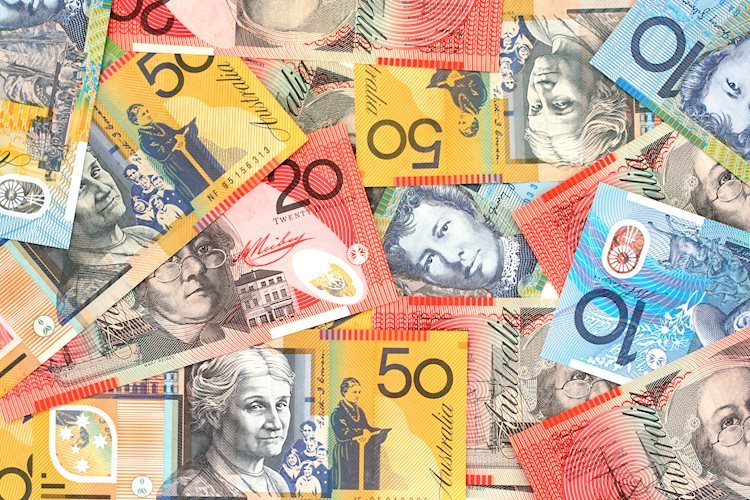The Australian Dollar (AUD) remains elevated against the US Dollar (USD) despite the release of lower-than-expected Australia’s third-quarter Consumer Price Index (CPI) data on Wednesday. The AUD’s strength could be attributed to the hawkish sentiment surrounding the Reserve Bank of Australia’s (RBA) policy outlook. The monthly CPI rose by 2.1% year-over-year in September, coming in below the market expectation of 2.3% and down from August’s reading of 2.7%. The US Dollar may see some appreciation due to market caution persisting amid uncertainty surrounding the upcoming US presidential election and anticipation of key US economic data releases.
The positive US economic data from last week indicates continued resilience in the economy, supporting the sentiment of nominal interest rate cuts by the Federal Reserve (Fed) in November. According to the CME FedWatch Tool, there is a 98.4% probability of a 25-basis-point rate cut by the Fed in November, with no expectation of a more substantial 50-basis-point cut. Australia’s CPI fell to 2.8% year-over-year from the prior 3.8%, marking the lowest level since Q1 2021 and coming in below market forecasts of 2.9%. The US Bureau of Labor Statistics reported that JOLTS Job Openings reached 7.443 million in September, falling short of the market expectation of 7.99 million.
The Reserve Bank of Australia has signaled that the current cash rate is sufficiently restrictive to guide inflation back to the target range of 2%-3% while supporting employment, making a rate cut in November unlikely. ANZ-Roy Morgan Australia Consumer Confidence dropped to 86.4 this week, down from 87.5 the previous week. Federal Reserve Bank of San Francisco President Mary Daly mentioned that the economy is in a better position, with inflation falling significantly and the labor market returning to a more sustainable path. RBA Deputy Governor Andrew Hauser highlighted Australia’s strong labor participation rate and emphasized the RBA’s reliance on data without being overly fixated on it.
On the technical analysis side, the Australian Dollar remains above 0.6550 within a descending channel against the US Dollar. The daily chart analysis indicates a short-term bearish bias as the pair remains within the descending channel. However, the 14-day Relative Strength Index (RSI) sits at 30, signaling an oversold condition that may lead to an upward correction. The AUD/USD pair could test the descending channel’s lower boundary around 0.6520 on the support side, with resistance at the upper boundary of the channel near 0.6590.
In terms of the Australian Dollar’s performance today, the table shows the percentage change of the AUD against major currencies. The Australian Dollar was the strongest against the US Dollar. The heat map illustrates the percentage changes of major currencies against each other, providing a visual representation of currency movements. Overall, the Australian Dollar’s strength against the US Dollar and other major currencies indicates a positive market sentiment towards the AUD.
In conclusion, the Australian Dollar’s resilience against the US Dollar, despite lower-than-expected CPI data, could be attributed to the hawkish sentiment surrounding the RBA’s policy outlook. The upcoming US presidential election and key economic data releases may lead to market caution, affecting the USD’s performance. Traders will closely watch the release of preliminary US Q3 GDP figures and October’s NFP report for insights into the Fed’s expected rate cuts. Despite challenges in the global economic landscape, the Australian Dollar’s strength remains notable, reflecting market confidence in the country’s economic fundamentals.










